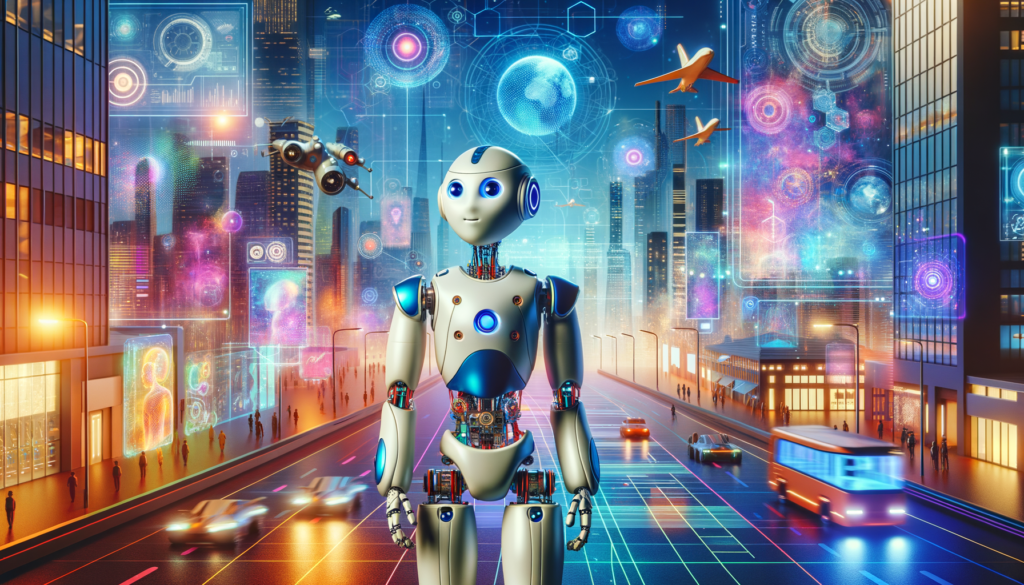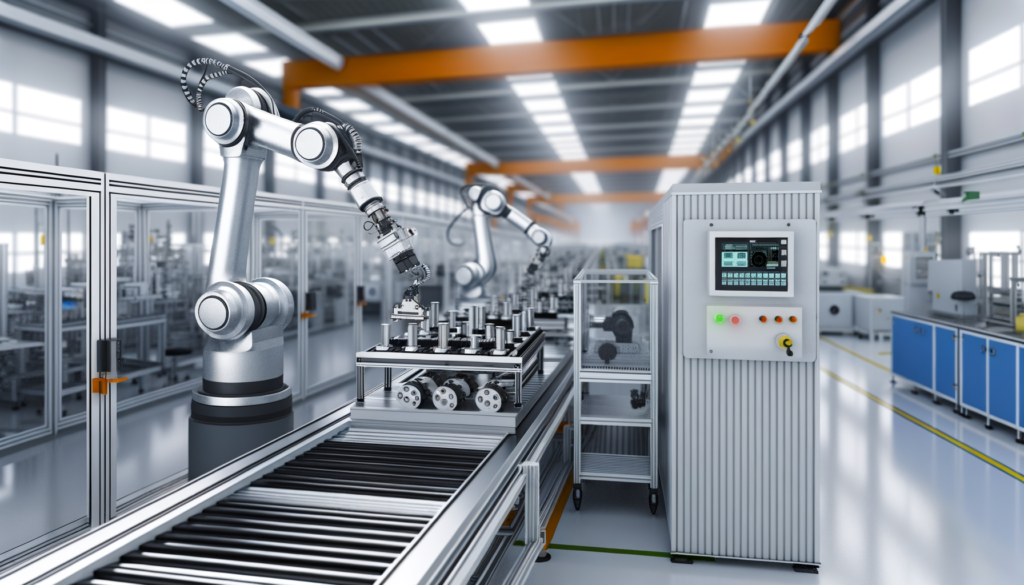Tesla’s Optimus robot, a daring leap into the realm of artificial intelligence and robotics, has been the center of attention since its announcement. While the potential for automation in everyday tasks is enticing, the truths and challenges faced by machines like Optimus are equally significant. In examining what makes this robot unique, we uncover the hurdles it must overcome to fulfill its purpose.
Understanding Tesla’s Vision for Optimus
Tesla’s ambitions for Optimus extend beyond mere automation. This humanoid robot is designed to assist in various tasks, showcasing the company’s dedication to creating a comprehensive integration of AI into our daily lives.
Key Objectives of Optimus Include:
- Task Automation: Aiming to handle mundane and repetitive tasks.
- Human-like Interaction: Designed to understand and respond to human commands.
- Scalability: A possibility for mass production, allowing a broad range of applications in industries.
Despite these lofty goals, the journey to achieving them presents numerous challenges. Understanding these obstacles is essential to appreciating the complexity behind robotics and AI.
Technical Limitations
The technical limitations of AI and robotics play a crucial role in determining the effectiveness of Optimus. Every robot, including Optimus, relies on complex systems such as sensors, algorithms, and actuators to operate.
Main Technical Challenges Include:
- Precision and Control: Achieving a high degree of accuracy in movement and task execution is critical.
- Sensing and Interaction: The ability to perceive the environment accurately is a significant hurdle for AI.
- Energy Efficiency: Being a robotic device, efficient energy consumption remains a crucial technical challenge.
As technology stands today, creating a robot that can address these technical limitations while maintaining functionality is no small feat. Enhancements in robotics technology and artificial intelligence are continually being developed, but achieving maturity in these areas is essential for Optimus to realize its full potential.
Human-Robot Interaction
One of the most pressing concerns with robotic technology is the ability to interact seamlessly with humans. Optimus is designed not only to perform tasks but also to engage with individuals—an ambition that does not come without its trials.
Challenges in Human-Robot Interaction Include:
- Natural Language Processing: Understanding human commands can be exceptionally complex.
- Emotional Intelligence: Recognizing and responding to human emotions can significantly affect efficiency.
- Trust and Acceptance: Building a rapport with users ensures functionality and acceptance of robotic assistance.
For Optimus to function efficiently, it must bridge the substantial gap between human expectations and robotic capabilities. This is not merely a technological challenge but also a social one, shaping how people interact with robots in their lives.
Safety and Ethical Concerns
As with any form of advanced technology, safety and ethical considerations are paramount in the development and deployment of robots. Optimus embodies the future of robotics but comes with specific responsibilities.
Key Ethical and Safety Areas to Consider Include:
- Autonomous Decision Making: Ensuring the robot can make safe decisions in real-time scenarios.
- Privacy Issues: Potential invasions of personal data by automated tools raise substantial concerns.
- Job Displacement: The integration of robots like Optimus into workplaces may spark debate over employment opportunities.
Addressing these safety and ethical issues is critical at all phases of development to protect users and ensure a beneficial incorporation of robotic technology into society.
Learning and Adaptability
A significant aspect of Tesla’s Optimus is its capability to learn from interactions and improve over time. However, nurturing this adaptability involves navigating a range of challenges.
Challenges in Learning and Adaptability Include:
- Machine Learning Algorithms: The need for robust algorithms that enable continuous improvement.
- Data Acquisition: Gathering and processing the necessary data to drive learning can be resource-intensive.
- Feedback Loops: Establishing effective feedback mechanisms to enhance learning is complex.
For Optimus to evolve effectively, continuous advancements in these areas are pivotal, paving the way for an efficient AI that can align with human expectations and provide meaningful assistance.
The Road to Integration
As Tesla pursues the creation of the Optimus robot, its integration into daily human activities presents a significant challenge. Integrating new technology into existing systems or home environments requires a thoughtful approach to ensure compatibility and usability.
Barriers to Successful Integration Include:
- Standardization: A lack of uniform protocols makes integration difficult across various platforms.
- User Interface Design: Creating an intuitive interface that meets diverse user needs is essential.
- Functional Compatibility: Ensuring that Optimus can work alongside existing machines and processes presents challenges.
By addressing these integration barriers, Tesla can maximize the impact of the Optimus robot in various fields, from domestic tasks to professional applications.
Public Perception and Acceptance
Public perception plays a vital role in the acceptance of innovative technologies like Optimus. Understanding how people view robots and automation can be fundamental to its success.
Factors Influencing Public Acceptance Include:
- Awareness Campaigns: Educating the public about the benefits of robotics can alleviate fears.
- Demonstrating Value: Showing the tangible benefits and efficiency that Optimus can bring is key.
- Addressing Misconceptions: Combatting fears about robots replacing human jobs or being unsafe is critical.
Changing public opinion is challenging, particularly when the fear of the unknown looms large. Open discussions and widespread education about robotics can aid in fostering a positive view and acceptance of Optimus.
The Future of Tesla’s Optimus
As Tesla advances its robotic project, the future of Optimus is filled with possibilities and uncertainty. The obstacles it faces are multifaceted, ranging from technical challenges to societal perceptions.
Future Considerations for Optimus Include:
- Ongoing Research and Development: Continued investment in scientific research is crucial for breakthroughs.
- Partnerships with Experts: Collaborating with professionals in various fields can enhance development efforts.
- Long-Term Vision: Adopting a multifaceted strategy for growth and community integration can lead to sustainable success.
Through addressing these considerations, Tesla can continue its journey to make Optimus a reality, ensuring it aligns with human needs and societal standards.
Conclusion
The challenges facing Tesla’s Optimus robot remind us of the complexities designed into robotics and artificial intelligence. Despite its promises of efficiency and innovation, several hurdles must be navigated to ensure that Optimus fulfills its potential.
In observing the journey of Tesla and its visionary project, it is clear that ongoing advancements in technology, societal acceptance, and ethical considerations will dictate the future of human-robot relationships. Tesla’s commitment to overcoming these challenges illustrates not only the significance of Optimus but also the broader implications for robotics and society at large. As we look forward to the developments in this remarkable field, the questions surrounding Optimus will surely evolve, shaping the landscape of robotics for generations to come.



